Define Pi In C
Pi, denoted by the Greek letter π, is one of the most well-known mathematical constants. It is the ratio of the circumference of any circle to its diameter and is approximately equal to 3.14159. This seemingly simple number has fascinated mathematicians, scientists, and enthusiasts throughout history and continues to play a significant role in various fields, including physics, engineering, and computer science.
In this article, we will delve into how to define and use pi in the C programming language. We will cover different methods of calculating pi, approximating its value, and utilizing it as a variable in C programs. So, let’s get started.
What is Pi?
Pi is an irrational number, meaning it cannot be expressed as a simple fraction and its decimal representation goes on infinitely without repeating. It is one of the most widely used mathematical constants and has been studied for thousands of years. Pi appears in various formulas and equations across many scientific disciplines, including geometry, trigonometry, and calculus.
The Value of Pi
In most programming languages, including C, the value of pi is not predefined but can be approximated or calculated using mathematical formulas. The most common approximation used is 3.14159 or its rounded-off version 3.14, which provides sufficient accuracy for many applications. However, if higher precision is required, more digits can be used.
Using the pi Constant in C
The C programming language does not define pi as a built-in constant like some other languages. To use pi in our C programs, we need to define it ourselves. One approach to defining pi is to use a preprocessor directive, as shown below:
#define PI 3.14159
By defining PI as a constant, we can easily refer to it throughout our code, making it more readable and maintainable. For example, if we need to calculate the area of a circle, we can write:
float radius = 5.0;
float area = PI * radius * radius;
Calculating Pi in C
Calculating pi precisely can be a challenging task, as it requires advanced mathematical algorithms and techniques. One widely used method for calculating pi is the Leibniz formula for π/4:
π/4 = 1 – 1/3 + 1/5 – 1/7 + 1/9 – 1/11 + …
By summing up an increasing number of terms in this alternating series, we can approach the value of pi. Here’s an example implementation in C:
#include
double calculatePi(unsigned int numTerms) {
double pi = 0.0;
int sign = 1;
unsigned int divisor = 1;
for (unsigned int i = 0; i < numTerms; i++) {
pi += sign * (1.0 / divisor);
sign *= -1;
divisor += 2;
}
return 4 * pi;
}
int main() {
unsigned int numTerms = 1000000;
double pi = calculatePi(numTerms);
printf("The calculated value of pi is: %f\n", pi);
return 0;
}
Approximating Pi in C
If we don't need a highly accurate value of pi, we can use an approximation rather than precise calculation methods. The C math library provides a built-in constant M_PI, which represents a close approximation of pi. We can use M_PI in our programs without having to define it ourselves.
#include
#include
int main() {
double pi = M_PI;
printf(“The approximation of pi is: %f\n”, pi);
return 0;
}
Using Pi as a Variable in C
In some cases, using pi as a variable instead of a constant can be beneficial. For example, suppose we want to compute the circumference of a circle based on the user’s input radius. We can prompt the user to enter the radius and then use pi as a variable in the calculation:
#include
int main() {
float radius;
printf(“Enter the radius of the circle: “);
scanf(“%f”, &radius);
float circumference = 2 * 3.14159 * radius;
printf(“The circumference of the circle is: %f\n”, circumference);
return 0;
}
Common Applications of Pi
Pi finds extensive use in various fields, some of which include:
1. Geometry: Pi is essential for calculating the circumference, area, and volume of circles, spheres, and cylinders.
2. Trigonometry: Many trigonometric functions and identities involve pi, such as sine, cosine, and tangent.
3. Physics: Pi appears in numerous physical equations, including those associated with waves, oscillations, and quantum mechanics.
4. Engineering: Engineers rely on pi to design structures, analyze fluid dynamics, and develop control systems.
5. Computer Graphics: Pi is used in computer graphics algorithms to draw circles, ellipses, and curves.
Conclusion
In this comprehensive article, we discussed different aspects of defining and using pi in the C programming language. We explored various methods of calculating pi, including precise calculations and approximations. We also examined how to define pi as a constant, use it as a variable, and provided examples of common applications of pi.
By understanding and utilizing pi in our C programs, we can enhance our mathematical calculations, simulations, and algorithms. Whether it is for geometric computations or advanced simulations, pi remains an essential constant in the programming world.
Constants In C (Part 1)
How To Write A Pi On Program In C?
Programming languages have revolutionized the way we solve complex problems and automate various tasks. C, one of the oldest and most popular programming languages, allows programmers to create efficient and powerful software applications. In this article, we will explore how to write a program in C to calculate the value of pi, an important mathematical constant.
What is PI?
PI, denoted by the Greek letter “π,” is a mathematical constant that represents the ratio of a circle’s circumference to its diameter. It is an irrational number, meaning it cannot be expressed as a simple fraction and has infinite decimal places. PI is a fundamental constant used in various scientific and mathematical calculations.
Writing a PI Program in C:
To write a program in C to calculate the value of PI, we can use one of the popular numerical methods, known as the Leibniz series or Gregory-Leibniz series. This method uses an infinite series to approximate the value of PI.
Here’s the program:
“`c
#include
int main() {
int i, iterations;
double pi_value = 0.0;
printf(“Enter the number of iterations to calculate pi: “);
scanf(“%d”, &iterations);
for (i = 0; i < iterations; i++) { if (i % 2 == 0) { pi_value += 4.0 / (2 * i + 1); } else { pi_value -= 4.0 / (2 * i + 1); } } printf("Approximated value of pi after %d iterations: %f\n", iterations, pi_value); return 0; } ``` In this program, we first declare the required variables. The `i` variable is used for iteration, `iterations` stores the user-defined number of iterations, and `pi_value` is initially set to 0.0. Next, we prompt the user to enter the number of desired iterations using `printf()` and obtain the input using `scanf()`. The user-defined value is stored in the `iterations` variable. We then use a `for` loop to iterate through the desired number of iterations. Inside the loop, we check if the value of `i` is even or odd using the modulus operator `%`. If `i` is even, we add the term `4.0 / (2 * i + 1)` to the `pi_value` variable; otherwise, we subtract it. This calculation approximates the value of PI using the Leibniz series. Finally, we print the approximated value of PI after the specified number of iterations using `printf()`. The `%f` format specifier is used to display the `pi_value` as a floating-point number. Frequently Asked Questions (FAQs): Q1. What is the significance of the Leibniz series in calculating PI? The Leibniz series is one of the simplest and most widely used methods to estimate the value of PI. This series converges to the true value of PI as the number of iterations increases. Although it converges slowly compared to other algorithms, it provides an easy-to-understand approach for beginners. Q2. Can I change the number of iterations to improve accuracy? Yes. By increasing the number of iterations, you can achieve a more accurate approximation of PI. Keep in mind that the accuracy improvement diminishes as the number of iterations increases, and the program's execution time also increases. Q3. How does the Leibniz series work? The Leibniz series is based on the concept of an alternating series. When you add the odd terms and subtract the even terms, the result approaches the value of PI/4. By multiplying the series by 4, you get the approximation of PI. Q4. Is the program limited by the maximum number of iterations? Yes. The program is limited by the maximum value representable by the integer data type. Once the number of iterations exceeds this limit, unexpected behavior may occur. Q5. Is there a more efficient method to calculate PI? Yes. There are various advanced algorithms, such as the Bailey-Borwein-Plouffe formula and the Chudnovsky algorithm, which converge to the value of PI more rapidly. However, these algorithms are much more complex and may require advanced mathematical and programming knowledge. Q6. Can this program be modified to calculate PI to a higher precision? Yes. One way to increase the precision is by using a data type with higher accuracy, such as the `long double` type. Additionally, you can experiment with different algorithms, though they may significantly increase the complexity of the program. Conclusion: In this article, we explored how to write a program in C to calculate the value of PI using the Leibniz series. We discussed the significance of PI, the working principle of the Leibniz series, and provided a program that approximates PI based on user-defined iterations. Additionally, we addressed some frequently asked questions to help readers better understand the topic. Programming in C allows us to interact with mathematical concepts and explore their applications, making it a powerful tool for problem-solving.
What Is #Define Function In C?
The #define function in C is a preprocessor directive that allows programmers to define constants or macros. The purpose of using #define is to provide a shorthand notation for frequently used values or code snippets. It simplifies code readability and improves maintainability by avoiding repetitive code and reducing the chance of errors.
When a #define directive is encountered in C code, it is processed by the preprocessor before the compilation phase. The preprocessor replaces all occurrences of the defined macro with the specified value or code snippet. This substitution is done on a textual level, meaning the preprocessor does not perform any type-checking or evaluation.
Usage of #define:
The #define directive has a specific syntax in C. It starts with the # symbol, followed by the keyword define, the identifier for the macro, and the corresponding value. Here’s an example:
#define PI 3.14159
In this case, the macro PI is defined with a value of 3.14159. Now, whenever the symbol PI appears in the code, the preprocessor substitutes it with the assigned value.
Advantages of using #define:
1. Code Reusability: By using #define, you can define constants or macros once and reuse them throughout the codebase. This saves time and effort as you don’t have to rewrite the same value multiple times.
2. Readability: #define improves the readability of code by providing meaningful names to constants or code snippets. For example, instead of writing 3.14159 multiple times, using PI provides a much better understanding of the value’s purpose.
3. Maintainability: If a value or code snippet needs to be modified, you only need to change it at a single place, the #define directive. This simplifies maintenance as you don’t have to search and modify every occurrence of the value across the codebase.
4. Error Avoidance: By using #define, the chance of error due to typos or inconsistencies is greatly reduced. The defined values are replaced exactly as written, eliminating any accidental mistyping that may result in bugs.
Macro vs. Constant:
In C, #define can define both constants and macros, but they function differently.
Constants are replaced directly by their assigned value during the preprocessor stage. For example:
#define MAX_VALUE 100
int num = MAX_VALUE;
Here, the preprocessor replaces MAX_VALUE with 100, resulting in int num = 100; after preprocessing.
Macros, on the other hand, can include complex code snippets. They are not replaced directly but are involved in textual substitution. Here’s an example:
#define SQUARE(x) (x*x)
int result = SQUARE(4);
The preprocessor replaces SQUARE(4) with (4*4), resulting in int result = (4*4); after preprocessing.
FAQs:
Q: Can I use #define for strings or character arrays?
A: Yes, you can use #define to define strings or character arrays. For example:
#define MESSAGE “Hello, World!”
Q: Can I redefine a previously defined macro using #define?
A: Yes, you can redefine a previously defined macro using #define. The preprocessor will replace all occurrences of the old macro with the new definition throughout the codebase.
Q: Is there a limit to the number of #define directives in a program?
A: No, there is no specific limit to the number of #define directives you can use in a program. However, excessive use of #define may lead to codebase clutter and reduced readability.
Q: Can I use expressions or functions to define macros?
A: Yes, you can use simple expressions within macros. However, complex expressions or functions may result in unexpected behavior or errors. It is best to keep macros simple and avoid using complex logic.
Q: What happens if I use #define without specifying a value?
A: If you use #define without specifying a value, the macro will be defined with an empty value. Subsequent substitutions of the defined macro will result in the empty value being inserted into the code.
In conclusion, the #define function in C is a powerful tool that allows for code simplification, reusability, and improved maintainability. It provides a convenient way to define constants or macros, reducing the chance of errors and facilitating code readability. By understanding how to effectively use #define, programmers can enhance their C programming skills and write more efficient and maintainable code.
Keywords searched by users: define pi in c Pi in C, Define in C, Define trong C, Calculate pi in C, Pi number in C, Pow() function in C, Calculate pi C++, Preprocessor directives in C
Categories: Top 74 Define Pi In C
See more here: nhanvietluanvan.com
Pi In C
Pi (π) is a mathematical constant and is defined as the ratio of a circle’s circumference to its diameter. It is an irrational number, which means its decimal representation goes on forever without repetition or a pattern. Pi has fascinated mathematicians for centuries, and it has numerous applications in various fields, including computer science. In this article, we will explore the use of pi in the C programming language and how it can be implemented in programs.
Using Pi in C
Although the C programming language does not provide a built-in constant for pi, it is straightforward to approximate its value using various techniques. One common method is to define it as a constant variable in your C program. For instance, you can define pi as follows:
“`c
#define PI 3.14159265358979323846
“`
You can then utilize this constant in your calculations throughout the program, providing accurate and consistent results. It is worth noting that defining pi as a constant variable allows for easy modifications if a more precise value is required.
Calculating the Value of Pi
While pi can be approximated with a high level of precision, calculating its exact value is impossible due to its infinite and non-repeating decimal representation. Various mathematical methods, such as series expansions, have been devised to approximate pi to a required level of accuracy. One popular algorithm for estimating pi is the Leibniz formula. Here’s an example of how it can be implemented in C:
“`c
#include
double calculatePi(int iterations) {
double pi = 0.0;
int denominator = 1;
int sign = 1;
for (int i = 0; i < iterations; i++) { pi += sign * (1.0 / denominator); denominator += 2; sign *= -1; } return pi * 4; } int main() { int iterations; printf("Enter the number of iterations: "); scanf("%d", &iterations); double approximatedPi = calculatePi(iterations); printf("Approximated value of Pi: %.15lf\n", approximatedPi); return 0; } ``` In this code snippet, the user specifies the number of iterations to determine the accuracy of the approximation. The algorithm then iteratively calculates an approximation of pi using the Leibniz formula. Applications of Pi in C Programs Pi finds its applications in various scientific and engineering fields, and the use of pi in C programs can significantly enhance their functionality. Here are a few examples: 1. Geometry and Trigonometry: C programs dealing with geometric or trigonometric computations can utilize the value of pi for calculations involving circles, spheres, triangles, and more. 2. Physics Simulations: When simulating physical systems, such as particle motion or fluid dynamics, pi is needed to accurately model circular or spherical objects and their interactions. 3. Graphics and Visualization: Pi is essential in computer graphics for rendering circular shapes, curves, and arcs. It helps in creating visually appealing designs, animations, and simulations. 4. Signal Processing: Pi is utilized in various signal processing algorithms, such as Fourier transforms, where the concept of periodicity relies on understanding circular properties. 5. Numerical Analysis: Numerical integration and differentiation algorithms often require the definite or indefinite integration of trigonometric functions, which involve pi. FAQs Q: Can I change the value of pi in my C program? A: While you can technically redefine the value of pi as a variable, it is generally recommended to keep it constant, as it is a fundamental constant of mathematics. Q: How can I increase the accuracy of pi in my C program? A: By using more iterations or employing more advanced approximation algorithms, you can improve the accuracy of pi in your C program. However, keep in mind that higher accuracy might come at the cost of increased computational complexity. Q: Are there any libraries available for pi in C programming? A: Yes, there are several libraries available, such as the GNU Scientific Library (GSL), that provide predefined constants, including pi. Including such libraries in your C program can simplify its implementation. Q: Can pi be used as an exact value in C? A: No, pi cannot be represented exactly in C due to its infinite and non-repeating decimal representation. However, by using approximation algorithms or predefined constants, you can achieve the desired level of accuracy. Conclusion Pi is a fascinating and fundamental mathematical constant that finds its place in many scientific and engineering applications. In C programming, approximating pi and using it in calculations enhances the precision and functionality of programs. Whether you are working with geometry, physics, graphics, signal processing, or numerical analysis, understanding and incorporating the value of pi in your C programs can be highly beneficial.
Define In C
C is a versatile and powerful programming language that has been widely used for several decades. One of the fundamental features of C is the ability to define macros using the preprocessor directive “#define”. Macros play a crucial role in C programming, providing a means to define constant values, create inline functions, and even customize the behavior of code at compile-time. In this article, we will delve into the details of the “#define” directive, exploring its syntax, applications, and potential pitfalls.
Syntax and Usage of “#define”:
The “#define” directive, followed by a macro name and its corresponding value, is used to define a macro in C. The general syntax is as follows:
“`
#define macro_name replacement_text
“`
Here, “macro_name” is an identifier representing the macro, and “replacement_text” is the value that will be substituted wherever the macro is invoked. It is important to note that no semi-colon is required at the end of the directive.
Constants with “#define”:
One of the most common uses of “#define” is for defining constants. By assigning a value to a macro, the value can be used throughout the program, providing a convenient way to declare constants that do not change during runtime. For example:
“`c
#define MAX_SIZE 100
“`
In this case, “MAX_SIZE” is defined as a constant with the value 100. This macro can be used to specify the maximum size of an array or any other value that remains constant throughout the program.
Inline Function-like Macros:
Apart from defining constants, “#define” can also be used to create inline function-like macros. These macros are essentially code snippets that are expanded when invoked, eliminating the overhead associated with function calls. Consider the following example:
“`c
#define SQUARE(x) ((x) * (x))
“`
In this case, the macro “SQUARE” takes an argument “x” and returns the square of that value. Macros with arguments are written similarly to function calls, where the arguments are placed inside parentheses. However, it is essential to note that arguments used in macros are substituted as is, without any type-checking.
Customizing Code with Macros:
Another powerful application of macros is modifying code behavior at compile-time. Conditional compilation is a widely used technique, and “#define” allows us to achieve it effectively. By defining conditional macros, certain sections of code can be selectively included or excluded during compilation based on specific conditions. Consider the following example:
“`c
#define DEBUG
#ifdef DEBUG
printf(“Debug mode enabled\n”);
#endif
“`
In this example, the macro “DEBUG” is defined at the beginning of the program. When the code encounters “#ifdef DEBUG”, it checks if the macro is defined. If it evaluates to true, the code block within the “#ifdef” and “#endif” directives is included during compilation. This technique is immensely useful for adding debug statements or executing specific code snippets during development and testing but excluding them in production builds.
Potential Pitfalls and Frequently Asked Questions (FAQs):
Q1. What happens if a macro is redefined?
If a macro is redefined with a different value, the new definition replaces the previous one. However, care must be taken while redefining macros to avoid unexpected behavior.
Q2. Can macros be undefined?
Yes, macros can be undefined using the “#undef” directive. For example, to undefine the macro “DEBUG” in the previous example, you can use “#undef DEBUG”.
Q3. Are macros type-safe?
Macros are not type-safe. They are expanded by simple textual substitution, without any consideration for type-checking. Therefore, it is crucial to ensure that the macro is used correctly, with appropriate type-casting if necessary.
Q4. What are the common pitfalls of using macros?
One common pitfall is forgetting to enclose macro arguments in parentheses, which can lead to unexpected results. Additionally, macros can make the code less readable, especially when abused by creating complex and convoluted code constructs. Therefore, it is recommended to use macros judiciously and document their purpose clearly.
Q5. Can we redefine standard library functions with macros?
Technically, there is no restriction on redefining standard library functions with macros. However, it is considered poor practice and can lead to confusing and error-prone code. Thus, it should be avoided at all costs.
Conclusion:
The “#define” directive in C is a powerful construct that allows programmers to define macros, making code more efficient, flexible, and customizable. Understanding the syntax, applications, and potential pitfalls of the “#define” directive is crucial for every C programmer. By leveraging macros effectively, developers can write code that is both concise and robust, enhancing the overall quality and maintainability of their programs.
Define Trong C
Introduction:
The term “trong C” is a phrase commonly used in programming, specifically in the C programming language. It refers to a concept that is vital for understanding and writing efficient C code. In this article, we will explore the definition of “trong C” and delve deeper into its various aspects.
Defining “trong C” and its Significance:
“Trong C” is a Vietnamese term which, when translated to English, means “inside of C” or “in C.” It represents a coding practice employed by C programmers who aim to write optimized and efficient C code. It involves utilizing the inherent features of the C programming language to achieve maximum performance and compactness. Mastering “trong C” allows developers to write more elegant, concise, and optimized code by leveraging low-level features of the language.
Understanding the Components of “trong C”:
1. Bit Manipulation:
Bit manipulation is a crucial aspect of “trong C.” It involves the direct manipulation of individual bits within a byte or a group of bytes to achieve specific functionalities. By manipulating bits, C programmers can perform arithmetic and logical operations at a level closer to hardware, resulting in code that is faster and occupies less memory. Bitwise operators such as AND, OR, XOR, and shift operators play a key role in bit manipulation within “trong C.”
2. Pointer Manipulation:
Pointers are a fundamental aspect of C programming, and they are extensively utilized within “trong C.” By manipulating pointers, programmers can access and modify memory locations directly. The ability to handle pointers efficiently allows for advanced techniques like pointer arithmetic, pointer to functions, dynamic memory allocation, and more.
3. Low-Level Memory Management:
Memory management is another key aspect of “trong C.” C supports manual memory management, which allows developers to have precise control over the allocation and deallocation of memory. By using mechanisms like malloc, calloc, realloc, and free, programmers can efficiently allocate and deallocate memory, reducing memory overhead and improving performance.
4. Inline Assembly:
“Trong C” also encompasses inline assembly, where assembly language code is directly embedded within C code. This allows programmers to interact with specific hardware functionalities and write performance-critical sections of code. Inline assembly can provide fine-grained control over low-level operations, making it an essential component of “trong C.”
FAQs:
1. Is “trong C” applicable only in the C programming language?
Yes, “trong C” specifically refers to a coding practice employed by C programmers. Although other languages can encompass similar concepts, the term “trong C” emphasizes the C programming language.
2. Why is “trong C” important?
“Trong C” enables developers to write optimized and efficient C code by utilizing low-level features of the language, such as bit manipulation, pointer manipulation, low-level memory management, and inline assembly. This leads to code that executes faster, has minimal memory overhead, and is more concise.
3. Are there any drawbacks to employing “trong C” techniques?
While “trong C” can result in highly optimized code, it can also make the code less portable and harder to maintain. Techniques like inline assembly, for example, are platform-dependent and may not be supported on all systems. Additionally, employing low-level memory management requires careful attention to prevent memory leaks and invalid memory accesses.
4. Where can I learn more about “trong C” and its techniques?
There are numerous resources available online, including tutorials, forums, and books dedicated to teaching “trong C” techniques. Reading books like “The C Programming Language” by Brian Kernighan and Dennis Ritchie can provide a comprehensive understanding of C and its optimization techniques.
Conclusion:
Embracing “trong C” allows C programmers to elevate their coding skills to a higher level. By making use of bit manipulation, pointer manipulation, low-level memory management, and inline assembly, developers can achieve highly optimized code that executes quickly and occupies minimal memory. While using “trong C” techniques comes with certain challenges, the benefits in terms of performance and efficiency make it a worthwhile pursuit for any C programmer.
Images related to the topic define pi in c
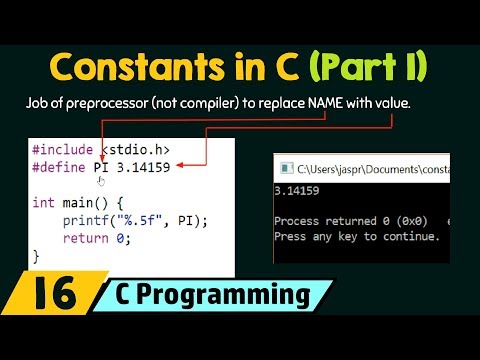
Found 47 images related to define pi in c theme




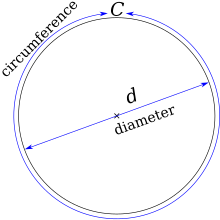
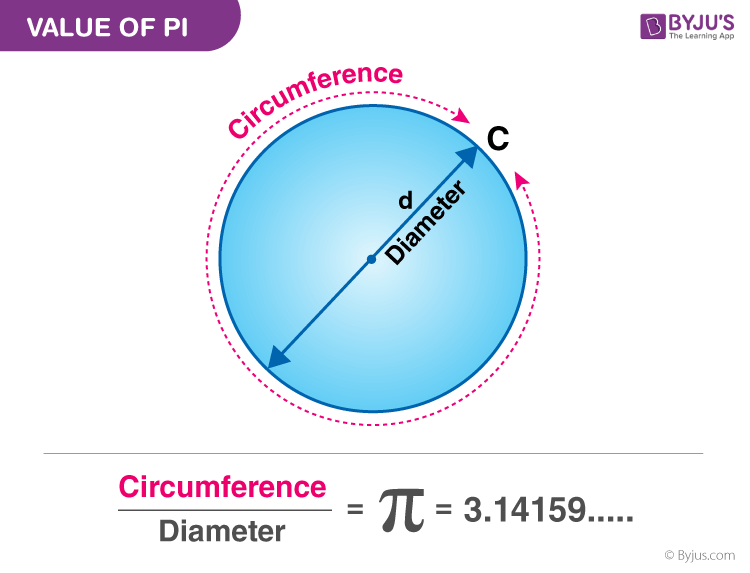
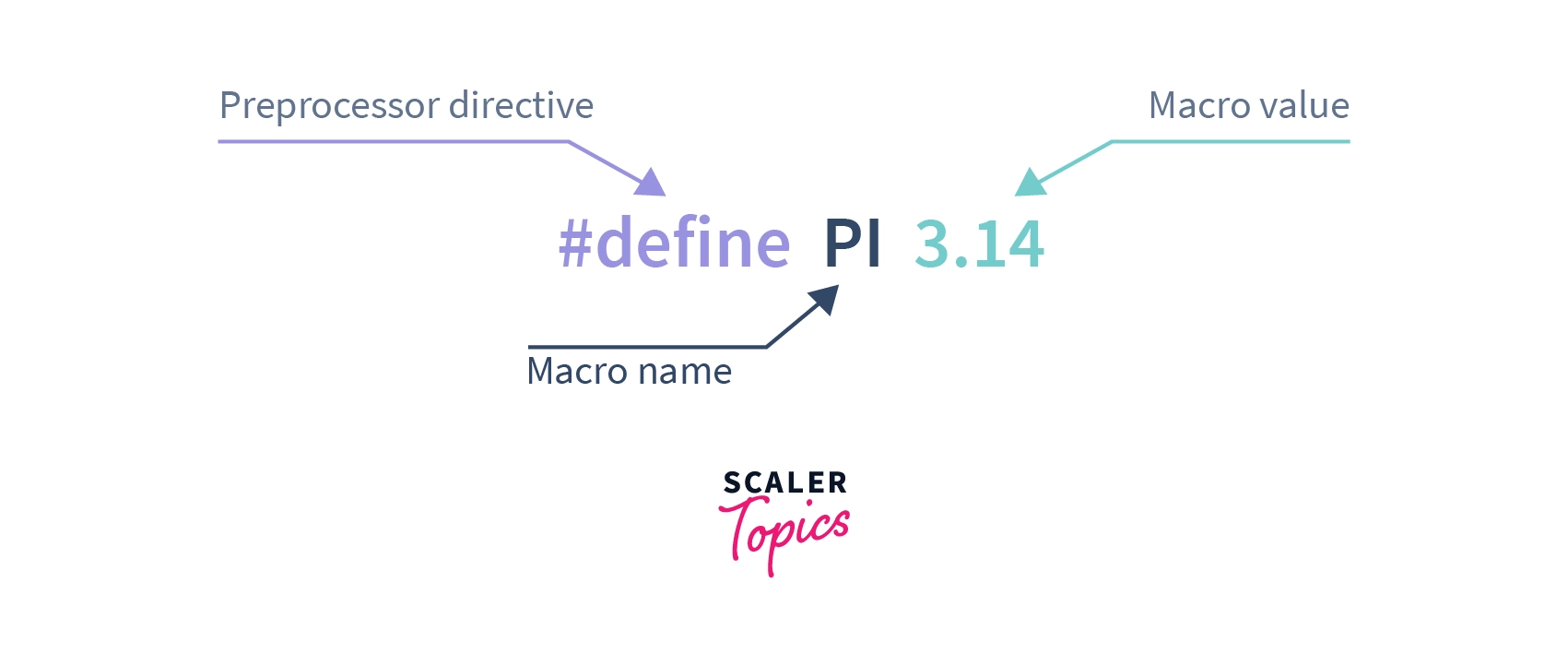



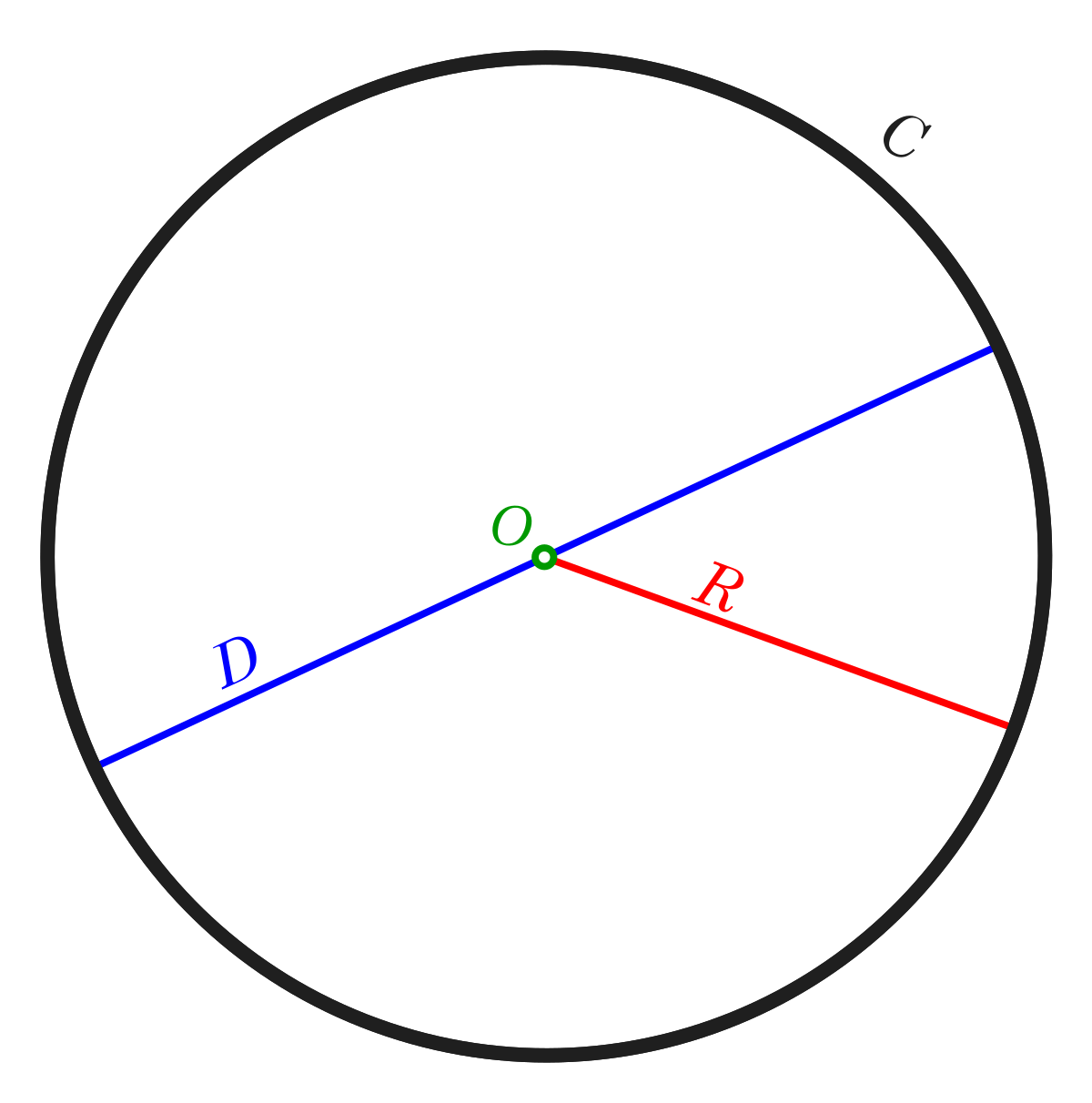
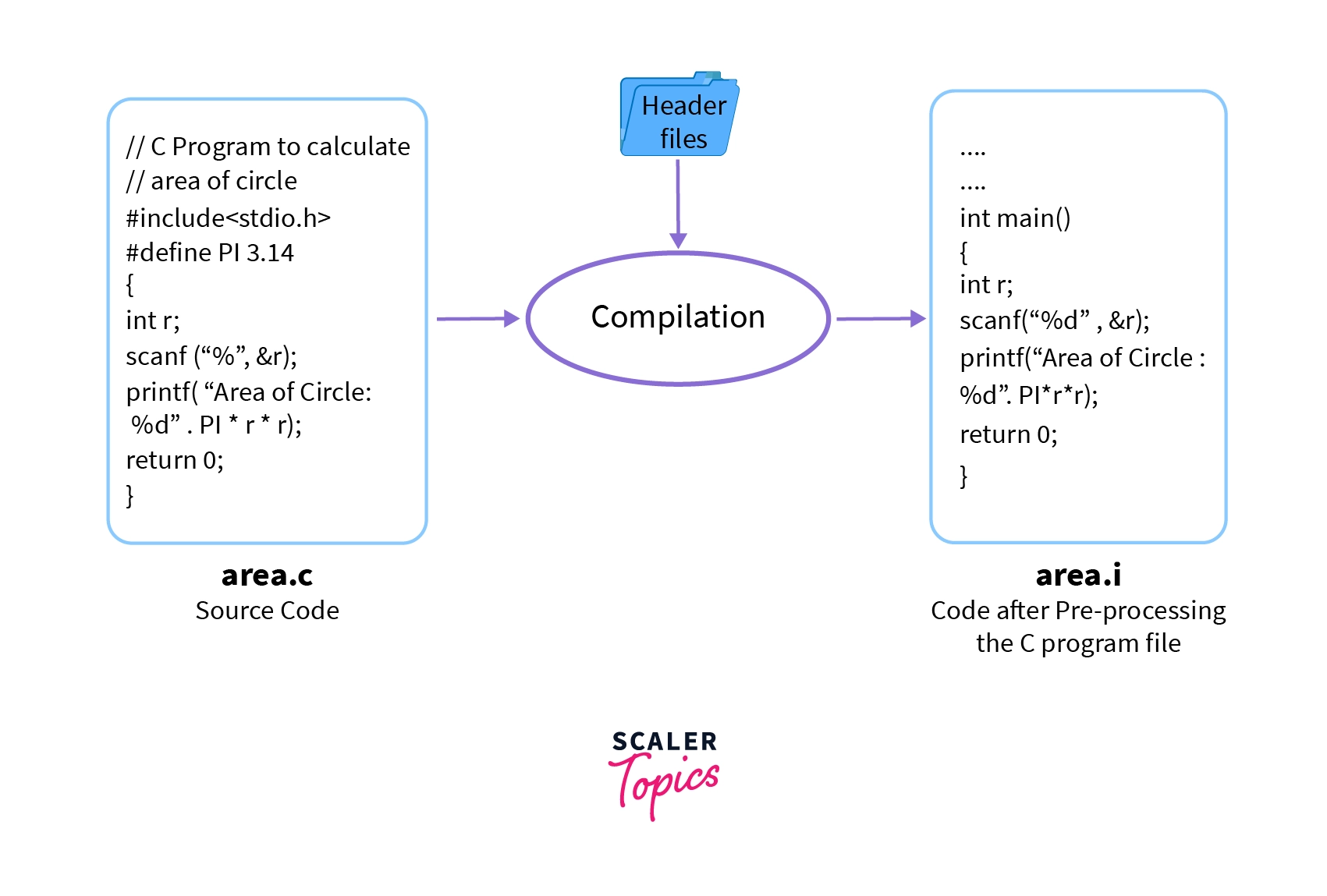


:max_bytes(150000):strip_icc()/benefit-cost-ratio-4200841-3x2-final-1-0556fdb94bb743caac0eee6b426c5d70.png)
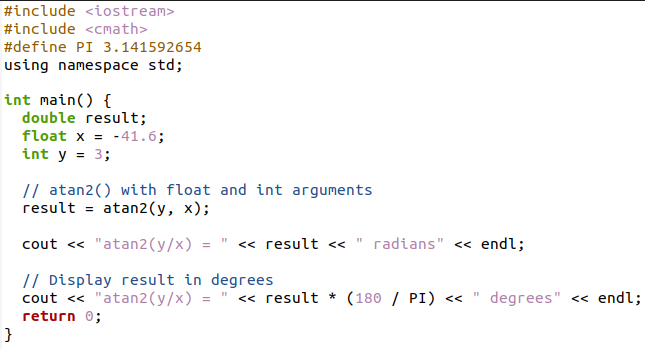



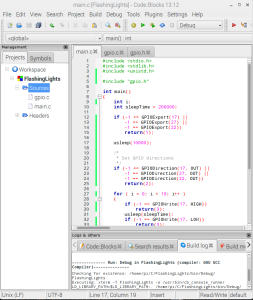

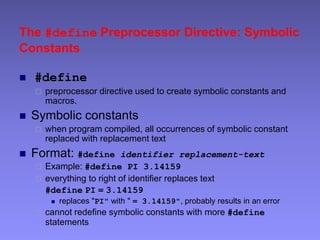








Article link: define pi in c.
Learn more about the topic define pi in c.
- Define and Include in C – Scaler Topics
- Pi() Function in C – A Tutorial Website with Real Time Examples
- #Define in C | How does C# directive work in C with Examples? – eduCBA
- C Programming Questions and Answers | AmbitionBox
- Pi() Function in C – A Tutorial Website with Real Time Examples
- Math Constant Pi Value in C – Linux Hint
- What do I use for Pi? – C Board
- Pre-processor in C – CodesDope
- How to use the PI constant in C++ – Stack Overflow
- Math Constants | Microsoft Learn
- What the best way to define a constant in c programmining …
- Is Pi defined in C?
- Mathematical Constants (The GNU C Library)
See more: nhanvietluanvan.com/luat-hoc